Russia is a major player in global energy markets and is one of the world’s leading crude oil and natural gas producers. It is one of the world’s top three crude producers, along with Saudi Arabia and the United States. Prior to the war, it produced about 11.2 million barrel per day (mbd) of crude oil in Q4 CY2021 and exported about 5 mbd of crude oil (representing around 12% of global trade) and about 2.85 mbd of petroleum products (accounting for around 15% of global refined products trade).
Even prior to the Russia-Ukraine war, crude oil prices were elevated owing to increasing global demand after the impact of the pandemic waned and low capex incurred by upstream companies globally for several years. The war between Russia and Ukraine resulted crude oil prices to touch multi-year highs. The price of crude oil jumped from around $76/barrel (bbl) at the start of January 2022 to over $110/bbl on March 4, 2022, which was the first time it had traded at such a level since 2014. The Indian basket of crude stood at an average of around $98/bblin 9M FY2023 vis-à-vis $79/bbl in FY2022.
Following the onset of the war, the US banned imports of Russian oil, natural gas and coal on March 8, 2022 and was followed by several nations including the UK, Australia, Canada, Poland and Lithuania. On June 3, 2022, the EU adopted a sixth package of sanctions, including a partial embargo on Russian oil. The sanctions will ban seaborne imports of Russian crude oil with effect from December 5, 2022 and ban petroleum product imports with effect from February 5, 2023. Pipeline imports of crude oil and petroleum products will be exempt for the EU member states like Hungary, Slovakia, and the Czech Republic, which depend on imports via the Druzhba pipeline. These restrictions will cover nearly 90% of Russian oil imports to Europe. The EU has also imposed a ban on shipping insurance for oil exports from Russia. Cutting off shipping insurance and reinsurance from the EU and the UK — the heart of the global maritime insurance industry — will impact Russia’s ability to redirect crude oil/petroleum products to other regions. Additionally, the G7 countries and Australia have imposed a price cap of $60/bbl on the sale of Russian crude with effect from December 5, 2022 and buyers which don’t buy below the threshold, will not be able to access European insurance and shipping.
The international prices of crude oil have moderated since the highs of above $120/bbl in early June 2022 owing to weak demand from China amid its zero-Covid policy, high inflation and recession in several large economies. Nevertheless, prices remain elevated, which has translated into robust profitability and cash accruals for domestic upstream companies. However, the GoI imposed special additional excise duty (SAED) on crude oil and certain refinery products w.e.f. July 1, 2022. The current duty on crude oil is Rs. 4,900/tonne and ICRA expects that the total collection by the GoI from this duty would be around Rs. 22,000 crore from upstream companies. Despite the imposition of SAED or windfall tax, the net realizations of upstream companies on crude oil sales remain healthy at about $75/bbl. At such a level, capex plans would not be impacted. Elevated crude and domestic gas prices translate into healthy realisations and improved cash flows for upstream producers. Dividend payments for India’s upstream companies participating stake in Russian oil and gas assets are being received. The Sakhalin-1 project, where ONGC Videsh held a 20% participating interest, stopped production in May 2022 following force majeure declared by the operator, Exxon. Subsequently the asset has been nationalised, post which ONGC Videsh has reapplied for acquiring a participating interest in the project. Apart from this, project development activities/investments in future projects such as Vostok could be impacted. Nevertheless, the credit profile of the upstream companies would be positively impacted owing to significantly higher realisations on crude oil and natural gas sales.
On the downstream side, the benchmark Singapore Gross Refining Margins (GRM) have been on an increasing trend since December 2021 and witnessed a sharp increase in April and May 2022. The strong product demand in the region, backed by pick-up in the manufacturing, industrial and other allied sectors improved crack spreads. Further, the overall improvement in mobility along with the pick-up in air travel has further supported demand, strengthening the crack spreads.With global inventories of several refined products already low even before the start of the Russia-Ukraine war, the prolonged war has further increased demand lifting cracks. Globally, refiners have shed capacity of about 4 million barrels a day since the pre-Covid era, which is also one of the reasons for strong GRMs. However, the GoI has imposed special additional excise duty on crude oil and certain refinery products w.e.f. July 1, 2022, which pared the profitability of the refiners to some extent. The current duty on export of diesel is Rs. 8/litre and on ATF is Rs. 5/litre. ICRA expects that the total collection by the GoI from these duties would be around Rs. 23,000 crore from downstream companies. However, retail prices of auto fuels have not been revised for a long time in India, which resulted in sizeable marketing losses for oil marketing companies. In September 2022, the GoI announced a one-time grant of Rs. 22,000 crore to the oil marketing companies to offset the losses incurred on LPG sales. Additionally, after the onset of the Russia-Ukraine war, several of Moscow’s western buyers have forsaken large quantity of oil, forcing Russian oil companies to offer significant discounts to refiners based in India and China. The credit profiles of the downstream companies are not expected to weaken substantially as credit metrics are expected to remain healthy over the medium term. Besides, several incumbents enjoy sovereign ownership and exceptional financial flexibility.
Russia is also the world’s second-largest producer of natural gas and has the world’s largest gas reserves. It is the world’s largest gas exporter. In CY2021, the country produced 762 billion cubic metres (bcm) of natural gas and exported about 210 bcm via pipeline, primarily to Europe and China. The extended Russia-Ukraine war significantly impacted the global gas market as Europe, which was dependent on Russian gas to the extent of about 40% of its gas requirements, was trying to shift to LNG imports from other regions. Europe needs 118 million tonnes of LNG, however, it has spare terminal capacity of only 65 million tonnes to completely replace Russian natural gas imports. There has been a significant increase in global LNG prices, which rose sharply even prior to the war due to reasons including, increase in demand with easing of Covid-19 pandemic, subdued inventory levels in key consuming regions, switch from coal to gas for power generation and odd weather patterns exacerbating demand-supply mismatch.
A sharp increase in LNG and gas prices at other global hubs impacted the domestic gas utility sector. The administered price mechanism (APM) prices and price ceiling of high pressure – high pressure temperature (HPHT) witnessed a sharp increase in the last three resets since H2 FY2022, with APM prices increasing from $1.79/mmbtu to $8.57/mmbtu and ceiling prices for HPHT gas increasing from $3.62/mmbtu to $12.46/mmbtu. Nonetheless, the administered prices have been lower than spot LNG rates. Gazprom halted supply of LNG under its 2.5MMTPA contract with GAIL from May 2022 owing to sanctions by the western nations. With the domestic supply lagging demand, the priority allocation is done for certain sectors like city gas distribution (CGD) for CNG and domestic PNG. High prices have resulted in moderation in demand from industrial and power sectors, with entities either switching to alternative fuels or reducing production. The demand from sectors like fertilizer, with high dependence on imported LNG, however, has remained robust despite high prices due to subsidy support from the Government. The subsidy provided by the GoI has increased to about Rs. 2.5 lakh crore in FY2023 against the initial budget of Rs. 1.05 lakh crore. The CGD sector continued to witness demand growth, mainly for CNG and PNG (domestic) segments despite an increase in domestic gas prices as the same are competitive than alternative fuels like HSD, MS and LPG.
With prices expected to remain elevated in the near term amid continued war, the demand is expected to be subdued. Sustained high prices may also have an adverse impact on the conversion momentum for the CNG sector. Further, LNG imports have also moderated due to a decline in demand, which will have some adverse impact on LNG terminals utilization and pipeline and transmission entities to some extent.
A committee under Kirit Parikh was set up to review the gas pricing to address the impact of a sharp increase in domestic gas prices. The committee had submitted its recommendations in November 2022, which include a floor of $4/mmbtu and a cap of $6.5/mmbtu for domestic gas pricing and gradual deregulation of prices by 2027. The recommendations of the committee are pragmatic and balanced taking in view the interests of both consumers and producers of gas. Lower gas prices are a positive from the consumers’ perspective. The reduction in gas prices should result in a cut in CNG and PNG (domestic) prices by the CGD players and would improve the conversion economics for the end consumers, thereby stimulating demand. Lower domestic gas prices would also reduce the GoI’s subsidy burden for the fertilizer sector.
The credit profiles of most incumbents in the gas utilities sector are not expected to weaken substantially owing to the regulatory protection or dominant competitive position of most of the entities in this sector besides healthy margins, nil or low leverage, robust liquidity and strong financial flexibility.
by Prashant Vasisht, Vice President & Co-Group Head – Corporate Ratings, ICRA Limited


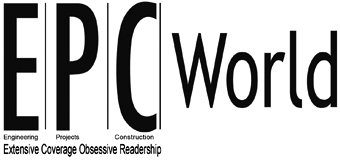





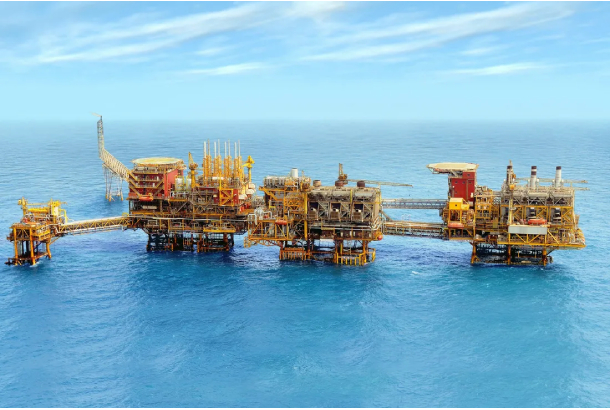
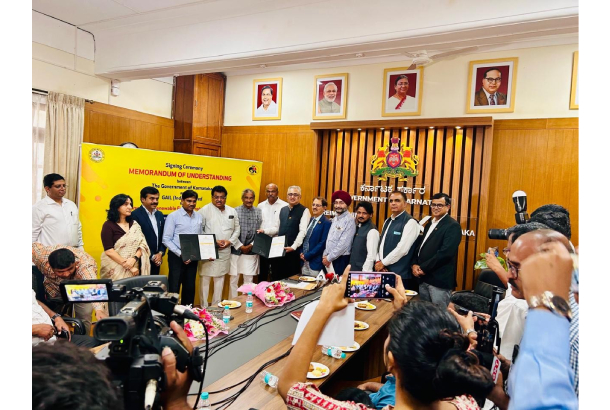
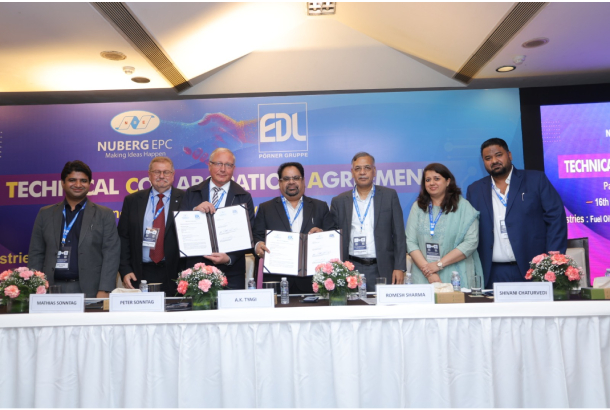




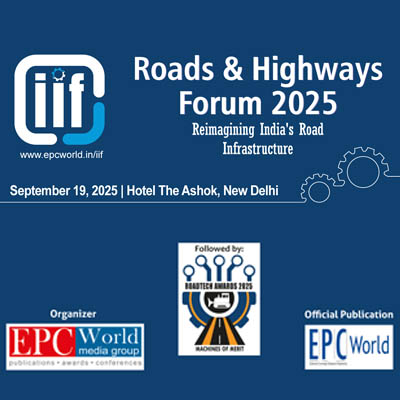
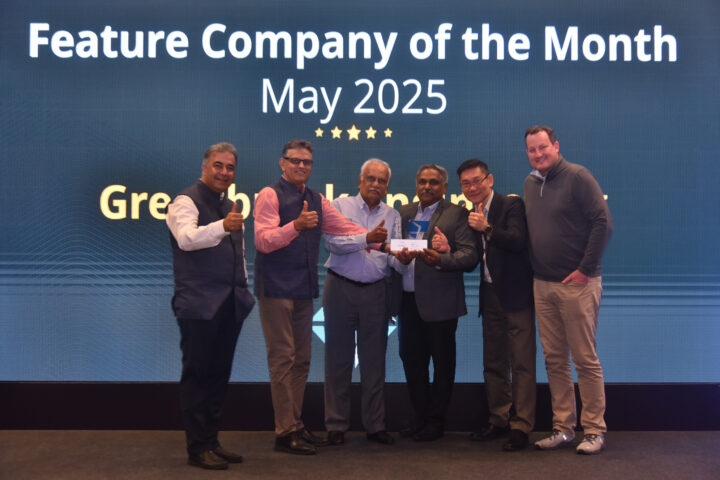
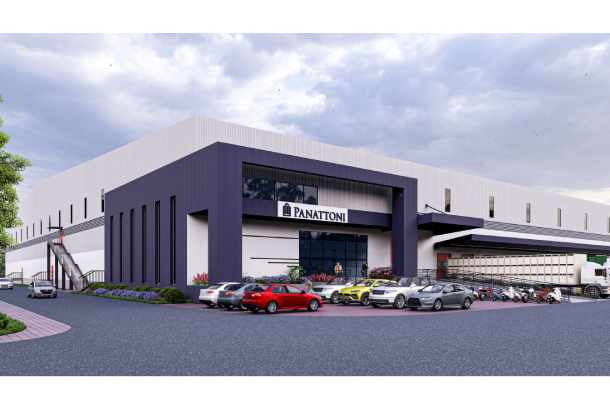

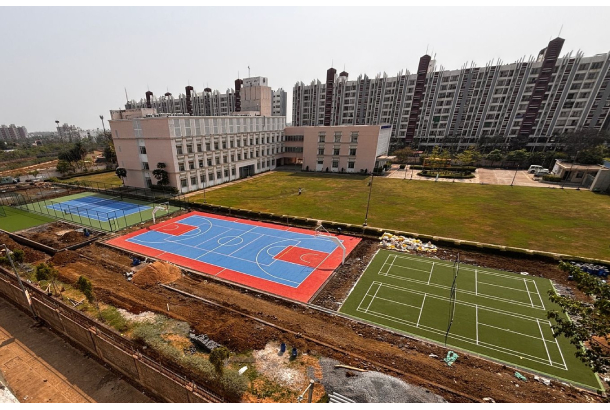


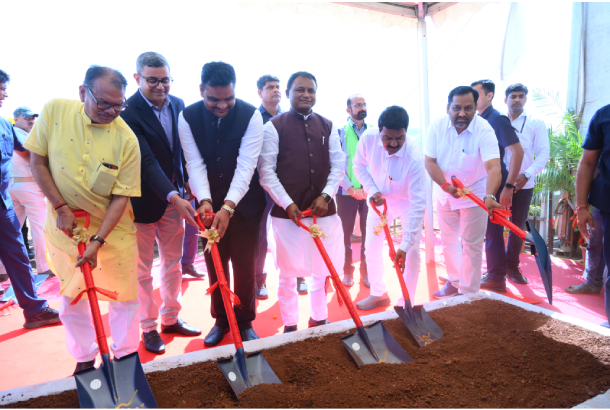



Follow